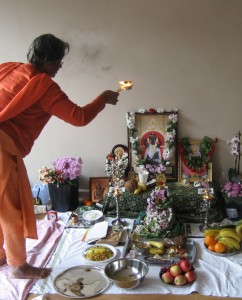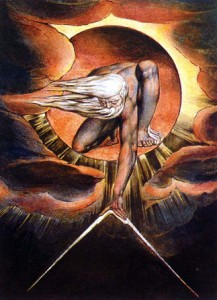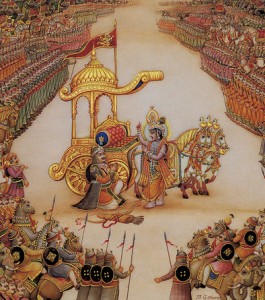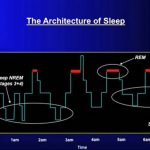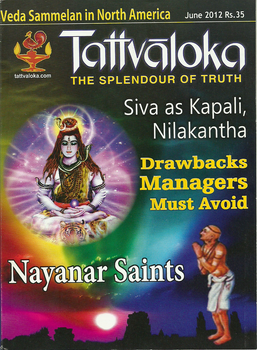In the previous extract from her talks to London students, Swāminī Ātmaprakāśānanda, laid out a more liberating vision of Íśvara – liberating in the sense that it gets away from the old man in the sky image or some force-field etc. From the perspective of traditional advaita vedānta Íśvara is seen as the sum total of the universal natural law and order.
“Every natural law is Īśvara. The law ordaining grace is Īśvara. Action is Īśvara. The results of actionis Īśvara. Merit is Īśvara. Demerit is Īśvara. Pain is Īśvara. Pleasure is Īśvara. Right and wrong action is Īśvara. Punishment for the wrong action is Īśvara. Good is Īśvara. Evil is Īśvara – don’t say that evil is not God. Everything is Īśvara.”
The universal law and order is what determines the fruits of actions. You can’t see this with physical eyes, but you can understand the laws being manifest. Anything done, knowingly, unknowingly, intentionally, unintentionally – however it is done – any action has to result in a reaction, has to cause some effect.
If this be the case, what is the role of prayer or worship? With simple logic and reason Swaminiji once more breaks down resistance to these activities… Continue reading

